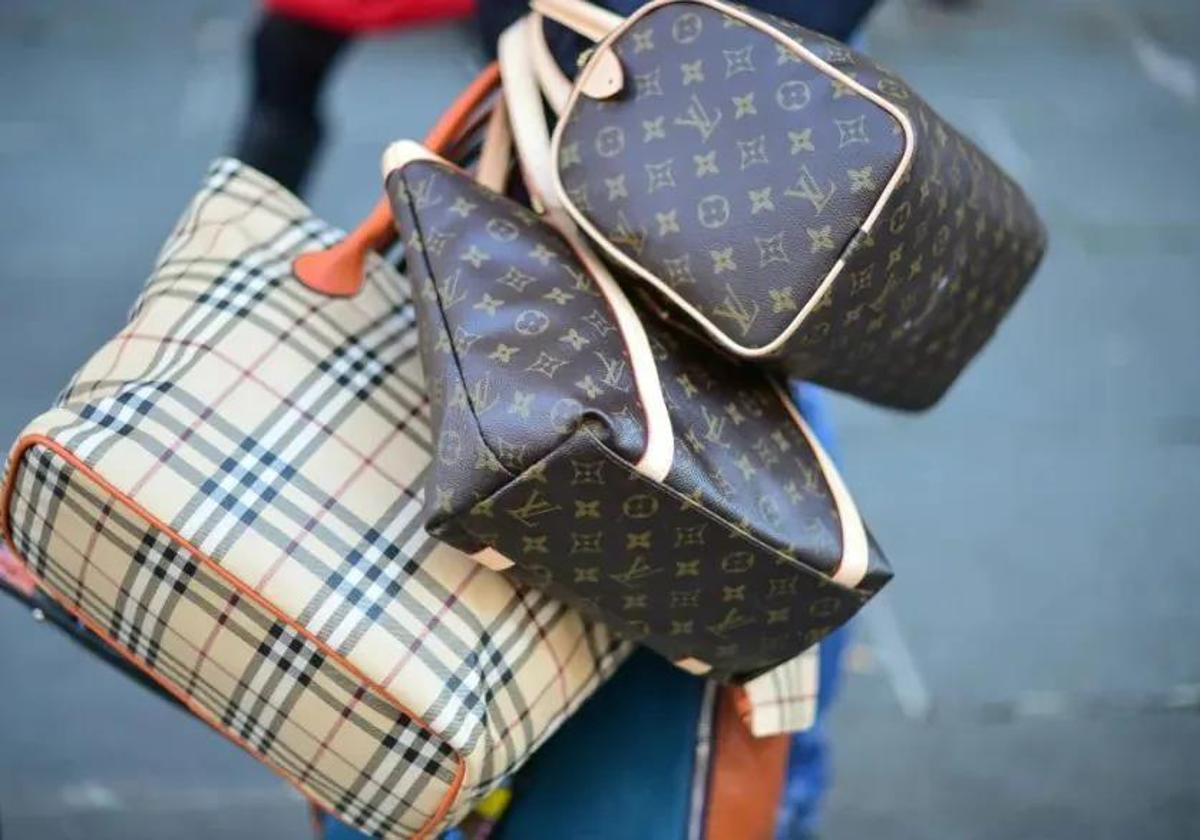Luxury brand second-hand market booms in Spain: a growing alternative to buying fake goods
Among the online trading platforms, the most popular high-end labels are Louis Vuitton, Chanel and Gucci, followed by Hermès, Christian Dior, Yves Saint Laurent and Prada
Eight out of ten consumers (83%) of the Generation Z under-28 age group are happy to buy high-end pre-owned items, according to the specialised consultancy firm Bain & Company, known for their work on corporate strategy for big corporations. This change in purchasing trends is motivated, apart from economic reasons due to their still generally low purchasing power, by younger people's commitment to sustainability and the circular economy in order to mitigate the environmental impact of industry.
The same report quantifies the value of the used luxury goods market at 45 billion euros in 2023 after growing by 4%. Europe accounts for between 40% to 50% of this market, followed by the USA. Some 80% of these sales corresponded to watches and jewellery. In this sense, according to the Boston Group consultancy, more than 30% of high-end watches sold in 2026 will be second-hand. Several companies in the luxury goods retail sector have already created their own 'pre-owned' services to give a second life to listed pieces that previously had a different owner. In fashion this business model already accounts for a more than 5% share of global sales.
Vintage is on the up
The Bain study noted that 70% of second-hand buyers made their first investment in a luxury brand purchase in a vintage product. It is a niche market that, according to Bain & Company, could generate an average of 20% of a high-end company's annual revenue by 2030. As one of Bain's partners, Cira Cuberes, put it: "they are items that allow them to express their individuality and style in a different way". "And that means transforming the DNA and corporate culture of the business from production to the marketing of the product," said Xandra Falcó, president of Círculo Fortuny, the largest data-provider in the high-end fashion brand world in Spain.
Within this growing taste for clothing and items from another era, there is a predominance of those who copy fashion from the 80s and 90s, and even in some cases from the last century, in particular the 1950s. Experts estimate that, by 2025, this second-hand boom in the luxury sector could exceed 50 billion euros in turnover at an expected annual growth rate of at least 5%. Neither should we forget that many buyers have a preference for pieces that are already out of stock or of which a limited series were made.
The online shopping platforms themselves have joined this movement in the face of growing consumer interest. For example, Vinted - one of the largest - has published a trend report which reveals that Louis Vuitton, Chanel and Gucci are the most sought-after brands, followed by Hermès, Dior, Saint Laurent and Prada. Meanwhile, e-commerce giant Amazon has teamed up with family-owned luxury reseller Hardly Ever Worn It to sell collections together.
On online trading platforms, the most popular brands are Louis Vuitton, Chanel and Gucci, followed by Hermès, Dior, Saint Laurent and Prada
Alternative consumption models such as rental, pay-as-you-go or second-hand, among others, "are helping to democratise the high-end market, providing new consumer profiles, especially among the younger generations, with new ways to access and enjoy their favourite brands," says Enrique Porta, partner in charge of Consumer Affairs at KPMG in Spain.
"Educating the consumer"
The challenge for luxury companies is to capitalise on this rising interest in used goods to mitigate the negative impact of counterfeits. In Spain alone counterfeit goods generated 5.7 billion euros in losses and 44,700 jobs destroyed during the last year across all types of items. In 2022 some 2.66 million counterfeit articles were seized (almost 74% in fashion goods and accessories) worth 12.16 billion euros. Figures for the European Union as a whole amounted to almost 50 billion euros and nearly 416,000 jobs that were not created.
Without lowering one's guard in the legal battle against counterfeit, other experts recommend some other tactics. Neus Soler, professor of Economics and Business at UOC (Open University of Catalonia), advises "educating the consumer" - firstly, so that "they better understand the risk they are taking". Spain is in second place as the EU country that intentionally buys the most counterfeit products, according to the European Intellectual Property Office (EUIPO), especially among the under-24s. Soler adds that we should also educate the consumer so that "they understand the differential value offered by companies".
In turn, brands such as Cartier, Gucci and Rolex, among others, "have implemented innovative measures to try to curb counterfeiting," said Tatiana Valoira, head of the Masters programme in Fashion & Retail Management at EAE Business School. While, on the one hand, they have created their own authenticity labels to facilitate identification of their genuine products. They have also set up programmes to certify their second-hand goods and thus "restore consumer confidence".

